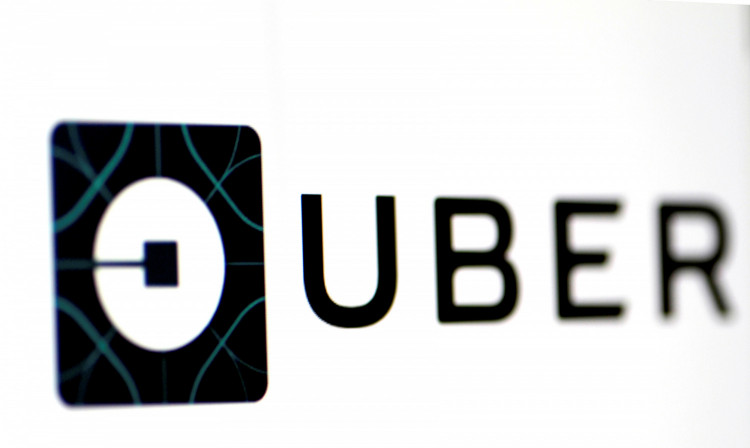Japanese car maker Toyota will reportedly invest USD$500 million in ride-hailing behemoth Uber at a valuation of USD$72 billion for a tied project to bring autonomous ride-sharing service to the transport market.
The partnership, according to reports, is in line with the two companies' bid to deliver the first secure autonomous ride-sharing service into the market.
This new investment from Toyota, which now values Uber at USD$72 billion, includes a deal that would incorporate a self-driving technology into Toyota Sienna minivans which would then be deployed on the ride-hailing firm's network.
Toyota dubbed the service platform "Autono-MaaS," which stands for "autonomous mobility as a service."
The agreement, which was first cited over at Wall Street Journal, comes at odds with the conventional partnership business model since a third party would then take hold of the fleet manufacturing and operation of the Autono-MaaS. Pilot trials are slated to commence in 2021.
In a statement released by Uber CEO Dara Khosrowshani on Monday, and cited over at Tech Crunch, the Toyota-Uber deal is definitely one-of-a-kind.
Uber is a company that is somehow known for the rash decisions it made in the past. With Toyota in tow, the deal could help improve the firm's image.
With Uber's "advanced technology" and Toyota's "renowned manufacturing prowess" combined together, this partnership is deemed a "natural fit," according to Khosrowshahi.
Shigeki Tomoyama, executive vice president of Toyota Motors, meanwhile said that the investment and partnership deal is an "important milestone" in the company's goal to expand into the "mobility services like ride-sharing."
Toyota, through its research and development arm, Toyota Research Institute (TRI), has long been working on vehicular autonomy. The firm proposed a "dual approach" to this technology which it calls "Guardian" and "Chauffeur."
Last year, TRI was able to debut the company's first-generation driverless vehicle. A few months later, the R&D department unveiled the Platform 2.1 car which brings light ranging and radar detection features first developed by Luminar.
One of the main targets of this transport innovation is the aging and disabled population. It is also the goal of the company to include in its product portfolio vehicles that could be switched from assisted to full autonomy.
Meanwhile, Uber has been struggling in its efforts to develop self-driving cars. Aside from the financial woes, there was also the issue of safety concerns that further bogged down Uber's attempt to enter the driverless ride-hailing arena.
Just this year, a reported fatal crash in Tempe, Arizona, resulted in the death of a pedestrian who got struck by a self-driving Uber SUV.






